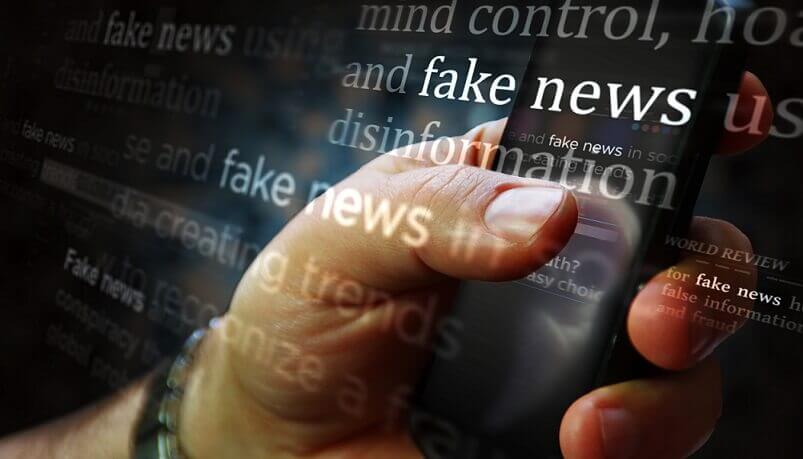Do you also find yourself shaking your head in disbelief after watching a video or reading an article on the Internet? Feeling overwhelmed by information and wasting time filtering between verified information and misinformation?
Fake news, hoaxes, or misinformation have become a current problem in our society. Up to two-thirds of the messages are considered alarmist on the Internet. They are considered misinformation untrue or misleading information, which are published for the purpose of economic gain or influencing public opinion. Conversely, misinformation does not include errors, parodies, or pointed comments that can be identified.
At MIT, they analyzed 126,000 tweets sent by three million users between 2006 and 2017. They found that fake messages are forwarded approximately seventy times more than true messages. The study was validated by six independent review teams. Source? Here Eventual here the original directly on the MIT website.
How to gain control over the content of the information?
The general advice is to prioritize paid media before the free ones. It is more economically demanding, but you will reduce the risk of reading misinformation. Another advantage is that you directly support the authors whose content you consume or that you are not so exposed to endless advertising. Don't forget the good old truth: If we are not paying for the product, we are the product! This applies everywhere on the Internet, including on news servers. Did you know by the way that our brain has the ability fast and slow thinking? Quick thinking is reflexive and therefore more prone to believe half-truths. If we don't pay for content, how else to attract readers and attention in a super competitive environment than with something bombastic? The so-called works on this principle. Clickbait. What can clickbait look like in an extreme case? Look at serial.
A few simple tips to help distinguish between serious and fake news
- Who is the author? Learn more about the author article and verify that it exists and what he does. Try to find his photo or find the existence of the institution that published the message.
- When was the information published? It is about current or shared content? Keep in mind that some messages have been circulating on the Internet for several years.
- What is the purpose of publishing a report? Try to think about the reason for publishing the message. Is the message just to inform, influence or sell something? If the message contains the already mentioned click through the so-called clickbait, the probability of a hoax is higher.
- Can the information be verified? Information should also be searchable in other sources. The author should also cite sources.
- Does the headline match the content of the article? If the headline doesn't match the content, then you've almost certainly come across deceptive content.
- What emotion did the information evoke in you? There is news emotive? Misinformation is usually shocking, causing doubt or anxiety. It is emotions that are part of our so-called quick thinking, which is more vulnerable and easily influenced. It is true that emotions are more important than facts.
- Is message sharing risk-free? Consider whether the message needs to be shared. If the information triggered an emotion in you and the need to share it immediately, it is quite possible that it is misinformation. If you are not sure, don't share
Do not trust, rather check and inform
Websites internetembezpecne.cz, hoax.cz and manipulatori.cz dedicated to debunking fake news. There are many ways to verify information. But usually no one has time for that, and emotions simply run faster. The basis could thus be the question: Is it realistic? The commonly known "Pass it on and you'll be happy" didn't work 20 years ago, and it doesn't work today. Prioritize your slow (logical) thinking over fast (spontaneous) thinking.
Discuss fake news topic with yours too grandparents and children, these groups are most at risk. Advise them that nothing will happen if they do not respond to fake news messages urging action.
Knowing the truth on the internet is becoming harder and harder. You may have heard of the technology Deep fake. These are fake videos that aren't that hard to make. All you need is some computing power, an actor and footage of the person you want to "fake". The ability to distinguish between truth and misinformation will come in handy for you and your loved ones.


